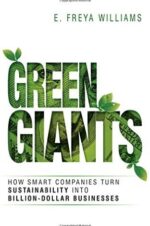What is GDP, and how are we misusing it?
www.themirrorinspires.com The Elephant in the Conversation on FaceBook You shouldn’t judge a country by its GDP. Gross Domestic Product (GDP), and growth thereof, has been widely used over the years to measure economic progress. But what is GDP, and why does it matter? Mathematically it is the sum of consumption, investment and government spending (plus exports, minus imports). It is regularly cited in discussions related to the economic health and wellbeing of countries and regions, with some governments such as China going so far as to set specific targets for GDP growth (placed between 6.5 and 7% at the recent National People’s Congress in the new Five Year Plan). And even without specific targets, the evolution of GDP remains a fixation for governments around the world and is also a regular topic on the agenda of global and regional groupings such as the G20 and the European Union. What does GDP miss out? Amid this GDP obsession, it is easy to forget that it was not initially intended for this purpose – it merely provides a measure of the final goods and services produced in an economy over a given period, without any attention to what is produced, how it’s produced or who is producing it. Simon Kuznets, who defined the modern version of GDP in the 1930s, specifically cautioned against using it as a measure of welfare. Yet its relatively straightforward measurability has led it to be used widely over the decades for precisely that purpose. Of course, GDP is highly correlated with a lot of the things that we prize in a society: good education, quality infrastructure, functioning markets. And yet, as has been […]









